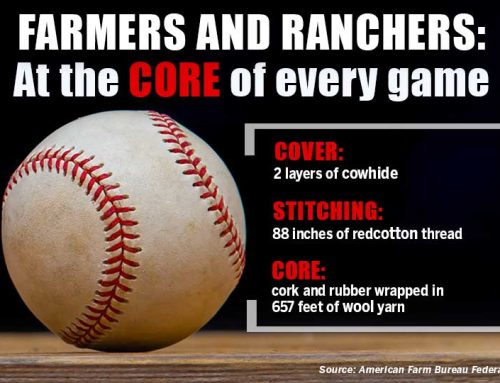By Julie Tomascik
Southern hospitality, pride and resilience. It’s the Lone Star State. A culture of its own.
But it varies a bit between regions. Agriculturally speaking.
Because the Texas farmers and ranchers who grow our food are a diverse bunch. Their crops and livestock come in many shapes and sizes. All dependent on the soil, rain and climate.
So what’s growin’ on in your part of the Lone Star State?
Well, up in the Panhandle, cattle grow in feedyards. Farmers raise crops to feed the hungry stock. And don’t forget the dairies. They’re a major part of agriculture on the Caprock.
As you head over to East Texas, you enter the land of trees. And shade. Timber farmers are like any crop farmers. Their crop—trees—just takes a little longer to grow.
Smack dab in the middle of the Lone Star State sits the Central Texas grasslands. They’re home to a variety of farms—cattle, sheep, horses, crops and forage. Now that’s diverse.
And North Texas is pretty similar. Cattle dot the pastures. Crops fill the fields. And grain bins and barns break up the skyline.
Down south, Texas ranchers raise cattle with a tolerance for hot, humid days. But they aren’t alone. Cattle share pastures with large herds of wildlife—deer, turkeys and more.
Head to the southernmost tip of Texas—the Rio Grande Valley. It’s the land of citrus and vegetables, bright colors and vibrant flavors.
And out west, it snows all summer long. Storms of cotton, that is. Mixed in between the fields of the fluffy crop are pastures of sheep and goats. They’re acclimated to the limited moisture and arid climate.
There’s a lot going on in Texas. Large or small. Organic or conventional. They all have their place in the Lone Star State.
Because it’s diverse and unique, yet similar and connected. It’s Agri. Culture. Farmers, ranchers and consumers. All blended together.
After all, variety is the spice of life. And the key to a little culture for a big state.











Leave A Comment